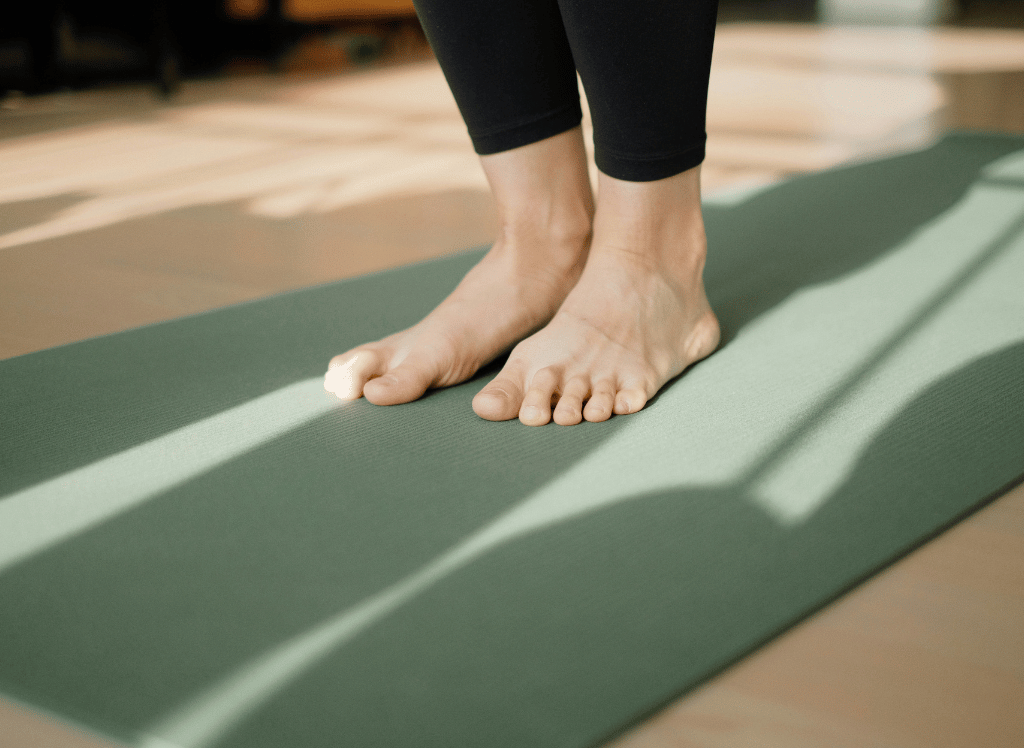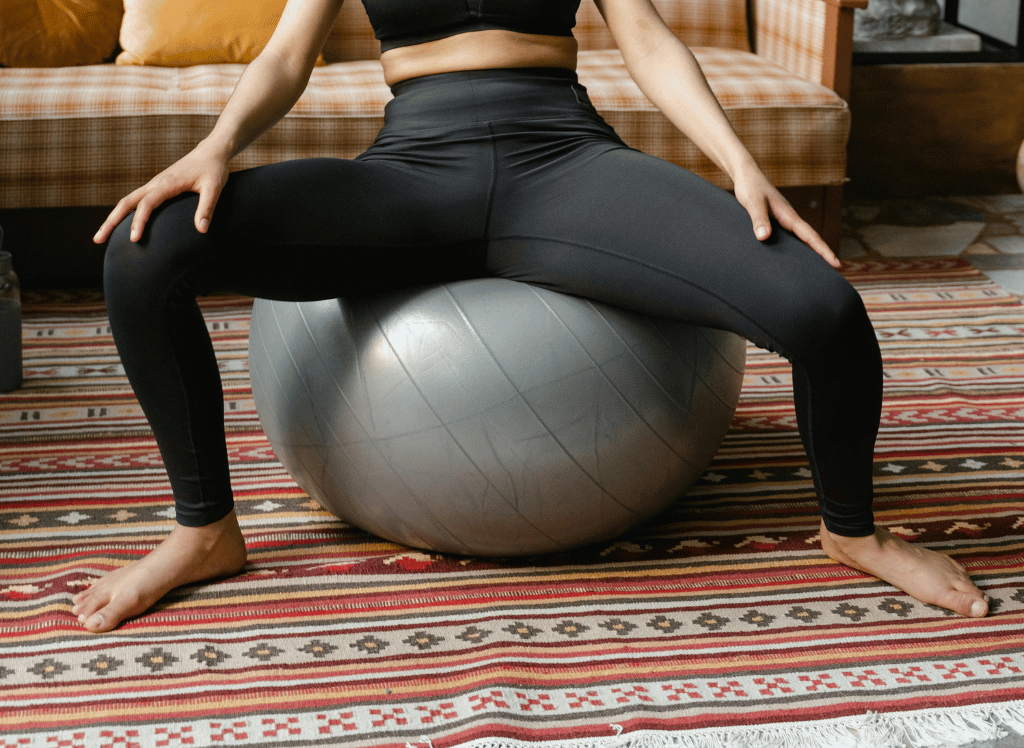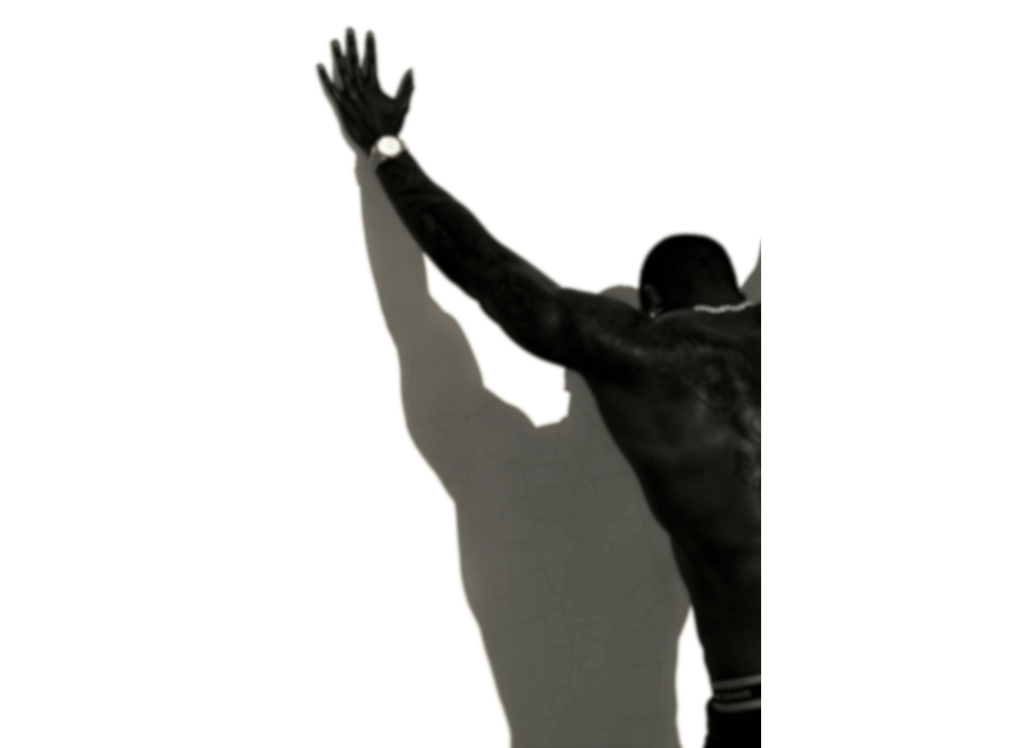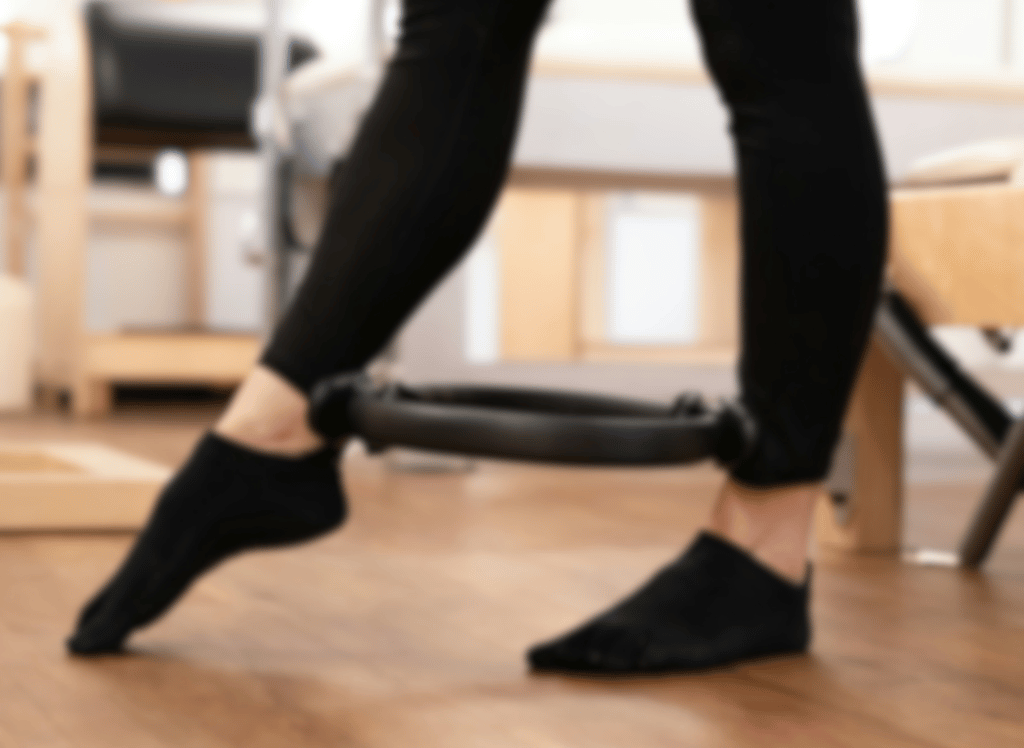Pilates, often mistaken for a fancy type of yoga, is an exercise method that focuses on strengthening the core, improving flexibility, and enhancing overall body awareness. Developed by Joseph Pilates in the early 20th century, this workout has gained popularity for its ability to transform bodies and minds alike. But what exactly is Pilates, and why should you consider adding it to your fitness routine?
Imagine a workout that combines the precision of a Swiss watch with the grace of a ballet dancer. That's Pilates for you! This exercise method emphasizes controlled movements, proper form, and a strong mind-body connection.
Origins of Pilates
Joseph Pilates, the mastermind behind this exercise phenomenon, was a man ahead of his time. Born in Germany in 1883, he was a sickly child who turned to exercise to improve his health. His dedication paid off, and he eventually developed a unique fitness regimen that combined elements of yoga, martial arts, and gymnastics.
During World War I, Joseph Pilates was interned in a British camp, where he began refining his exercise method. He used makeshift equipment, such as bed springs, to help rehabilitate injured soldiers. This innovative approach laid the foundation for what we now know as Pilates. After the war, he moved to the United States and opened a studio in New York City, where his method gained a loyal following among dancers and athletes.
Core Principles of Pilates
At the heart of Pilates are six core principles: concentration, control, center, flow, precision, and breathing. These principles guide every movement and ensure that each exercise is performed with intention and mindfulness. Concentration involves focusing on each movement, while control emphasizes the importance of proper form and muscle engagement.
The center, often referred to as the "powerhouse," is the core of the body, including the abdominal muscles, lower back, hips, and glutes. Flow refers to the smooth, continuous movement that characterizes Pilates exercises. Precision ensures that each movement is executed with accuracy, and breathing helps to oxygenate the muscles and maintain focus.
Types of Pilates: Mat vs. Reformer
Pilates can be performed on a mat or using specialized equipment, such as the Reformer. Mat Pilates involves a series of exercises performed on the floor, using body weight for resistance. This type of pilates is accessible and can be done anywhere, making it a popular choice for beginners.
Reformer pilates, on the other hand, uses a piece of equipment called the Reformer, which consists of a sliding carriage, springs, and pulleys. This apparatus provides additional resistance and support, allowing for a wider range of exercises and greater muscle exertion. Both mat and Reformer Pilates offer unique benefits and can be tailored to suit individual fitness levels.
Health Benefits of Pilates
The benefits of pilates extend far beyond a toned physique.
By focusing on the core muscles, pilates helps to stabilize the spine and reduce the risk of injury. It also promotes better pelvic mobility and cervical alignment, which can alleviate chronic back pain.
In addition to physical benefits, Pilates has a positive impact on mental health. The emphasis on controlled movements and mindful breathing can reduce stress, improve concentration, and boost overall quality of life. Whether you're looking to enhance your athletic performance or simply improve your well-being, Pilates offers a holistic approach to fitness.
Pilates for Different Fitness Levels
One of the great things about Pilates is its adaptability. Whether you're a seasoned athlete or a fitness newbie, Pilates can be modified to suit your needs. Beginners can start with basic mat exercises, focusing on proper form and controlled movements. As you become more comfortable with the practice, you can progress to more challenging exercises and incorporate equipment like the Reformer.
For those with specific fitness goals, such as weight loss or muscle conditioning, Pilates can be combined with other forms of exercise, such as aerobic exercise or strength training. This versatility makes Pilates an excellent addition to any fitness routine, regardless of your current fitness level.
Pilates and Athletic Performance
Athletes often turn to pilates to enhance their performance and prevent injuries. The focus on core strength and stability can improve balance, coordination, and overall athleticism. By targeting specific muscle groups, Pilates helps to correct imbalances and improve muscle conditioning.
Many professional athletes, including dancers, gymnasts, and football players, incorporate Pilates into their training routines. The controlled movements and precise exercises help to build strength without adding bulk, making it an ideal complement to other forms of training. Whether you're a weekend warrior or a professional athlete, Pilates can help you reach your full potential.
Pilates for Rehabilitation
Pilates is not just for fitness enthusiasts; it also has therapeutic applications. Physical therapists often use Pilates-based exercises to help patients recover from injuries and improve their overall function. The low-impact nature of Pilates makes it suitable for individuals with chronic pain or mobility issues.
By focusing on proper form and controlled movements, Pilates can help to strengthen weak muscles, improve joint stability, and enhance overall body awareness. This makes it an effective tool for rehabilitation and injury prevention. Whether you're recovering from surgery or managing a chronic condition, Pilates can support your journey to better health.
The Role of the Pilates Instructor
A skilled Pilates instructor can make a difference in your practice. These professionals are trained to guide you through each exercise, ensuring that you maintain proper form and alignment. They can also provide modifications and adjustments to suit your individual needs and fitness level.
Finding the right pilates instructor is essential for a successful practice. Look for someone who is certified by a reputable organization, such as the Pilates Method Alliance. A knowledgeable instructor can help you achieve your fitness goals and ensure that you get the most out of your Pilates sessions.
Pilates Classes
If you're new to pilates, attending a class can be a great way to get started. Most pilates classes begin with a warm-up, followed by a series of exercises that target different muscle groups. The instructor will guide you through each movement, providing cues and corrections to ensure proper form.
Classes can vary in intensity and focus, so it's important to choose one that aligns with your fitness level and goals. Whether you prefer a gentle mat class or a challenging Reformer session, there's a Pilates class for everyone. Don't be afraid to try different classes and instructors until you find the perfect fit.
Pilates Equipment
While the reformer is perhaps the most well-known piece of pilates equipment, there are several other tools that can enhance your practice. The Cadillac, for example, is a versatile apparatus that allows for a wide range of exercises, from gentle stretches to advanced strength training.
Other common Pilates equipment includes the Wunda Chair, the Spine Corrector, and resistance bands. These tools can add variety to your workouts and provide additional resistance and support. Whether you're practicing at home or in a studio, incorporating different equipment can keep your Pilates routine fresh and challenging.
Pilates and Weight Loss
While Pilates may not be the first thing that comes to mind when you think of weight loss, it can be an effective part of a comprehensive fitness plan. By building lean muscle mass and improving overall body awareness, pilates can help to boost your metabolism and support healthy weight management.
Combining pilates with other forms of exercise, such as aerobic workouts and strength training, can enhance its weight loss benefits. Additionally, the focus on mindful movement and controlled breathing can help to reduce stress and emotional eating. Whether you're looking to shed a few pounds or maintain a healthy weight, Pilates can be a valuable tool in your fitness arsenal.
Pilates for Mental Health
The mind-body connection is a central theme in Pilates, and this focus on mindfulness can have profound effects on mental health. The controlled movements and precise exercises require concentration and focus, which can help to quiet the mind and reduce stress.
Practicing Pilates regularly can improve mood, enhance cognitive function, and promote overall well-being. The emphasis on breathing and relaxation can also help to alleviate anxiety and depression. Whether you're dealing with a specific mental health issue or simply looking to improve your overall quality of life, Pilates offers a holistic approach to mental wellness.
Pilates for Better Posture
Good posture is essential for overall health and well-being.
By strengthening the core muscles and promoting better body awareness, Pilates can help to correct postural imbalances and reduce the risk of injury.
Many people spend long hours sitting at a desk or hunched over a computer, leading to poor posture and chronic pain. Pilates exercises can help to counteract these effects by stretching tight muscles and strengthening weak ones. Whether you're looking to improve your posture for aesthetic reasons or to alleviate pain, Pilates can be a valuable tool.
Pilates for Chronic Back Pain
Chronic back pain is a common issue that affects millions of people worldwide. Pilates can be an effective way to manage and alleviate this pain by strengthening the core muscles and improving spinal alignment. The controlled movements and precise exercises help to stabilize the spine and reduce the risk of injury.
Many physical therapists recommend Pilates for patients with chronic back pain, as it offers a low-impact, gentle approach to rehabilitation. By focusing on proper form and controlled movements, Pilates can help to alleviate pain and improve overall function. Whether you're dealing with acute or chronic back pain, Pilates can support your journey to better health.
Pilates for Flexibility
Flexibility is an important component of overall fitness, and Pilates can help to improve your range of motion and prevent injuries. The controlled movements and precise exercises promote muscle elongation and joint mobility, enhancing overall flexibility.
Whether you're a dancer, athlete, or simply looking to improve your flexibility, Pilates offers a variety of exercises that can help. From gentle stretches to advanced movements, Pilates can be tailored to suit your individual needs and goals. Incorporating Pilates into your fitness routine can help to improve your flexibility and enhance your overall performance.
Pilates for Core Strength
Core strength is a central focus of Pilates, and this emphasis on the core muscles can have numerous benefits for overall fitness and well-being. The core, often referred to as the "powerhouse," includes the abdominal muscles, lower back, hips, and glutes. Strengthening these muscles can improve stability, balance, and overall athleticism.
Pilates exercises target the core muscles through controlled movements and precise exercises. Whether you're performing mat exercises or using specialized equipment, Pilates can help to build a strong, stable core. This focus on core strength can enhance your performance in other forms of exercise and improve your overall quality of life.
Pilates for Muscle Conditioning
Muscle conditioning is an important aspect of overall fitness, and Pilates offers a unique approach to building strength and endurance. The controlled movements and precise exercises target specific muscle groups, promoting muscle growth and conditioning.
Whether you're looking to build lean muscle mass or improve overall muscle tone, Pilates can help. The focus on proper form and controlled movements ensures that each exercise is performed with intention and mindfulness, maximizing the benefits of each workout. Incorporating Pilates into your fitness routine can help to improve muscle conditioning and enhance your overall performance.
Pilates for Cardiovascular Health
While pilates is often associated with strength and flexibility.
The controlled movements and precise exercises can elevate your heart rate and improve overall cardiovascular fitness.
Combining pilates with other forms of aerobic exercise, such as running or cycling, can enhance its cardiovascular benefits. The focus on mindful movement and controlled breathing can also help to reduce stress and improve overall heart health. Whether you're looking to improve your cardiovascular fitness or simply enhance your overall well-being, Pilates can be a valuable tool.
Pilates for Body Awareness
Body awareness is a central theme in Pilates, and this focus on mindfulness can have profound effects on overall fitness and well-being. The controlled movements and precise exercises require concentration and focus, promoting better body awareness and coordination.
Practicing Pilates regularly can improve your understanding of how your body moves and functions, enhancing overall performance and reducing the risk of injury. Whether you're an athlete or simply looking to improve your overall fitness, Pilates can help to enhance your body awareness and promote better movement patterns.
Pilates for Pelvic Mobility
Pelvic mobility is an important aspect of overall fitness, and Pilates can help to improve your range of motion and prevent injuries. The controlled movements and precise exercises promote muscle elongation and joint mobility, enhancing overall pelvic mobility.
Whether you're a dancer, athlete, or simply looking to improve your pelvic mobility, Pilates offers a variety of exercises that can help. From gentle stretches to advanced movements, Pilates can be tailored to suit your individual needs and goals. Incorporating pilates into your fitness routine can help to improve your pelvic mobility and enhance your overall performance.
Pilates for Better Balance
Balance is an important component of overall fitness.
The controlled movements and precise exercises target the core muscles, promoting better balance and overall athleticism.
Whether you're an athlete or simply looking to improve your balance, Pilates offers a variety of exercises that can help. From gentle stretches to advanced movements, Pilates can be tailored to suit your individual needs and goals. Incorporating Pilates into your fitness routine can help to improve your balance and enhance your overall performance.
Pilates for Stress Relief
Stress is a common issue that affects millions of people worldwide.
The controlled movements and precise exercises require concentration and focus, promoting relaxation and reducing stress.
Practicing Pilates regularly can improve mood, enhance cognitive function, and promote overall well-being. The emphasis on breathing and relaxation can also help to alleviate anxiety and depression. Whether you're dealing with a specific mental health issue or simply looking to improve your overall quality of life, Pilates offers a holistic approach to stress relief.
Pilates for Overall Well-Being
Pilates is more than just a workout; it's a holistic approach to overall well-being. The controlled movements and precise exercises promote physical fitness, mental health, and overall quality of life. Whether you're looking to improve your posture, alleviate pain, or simply enhance your overall well-being, Pilates offers a comprehensive approach to fitness.
Incorporating pilates into your fitness routine can help to improve your overall health and well-being. The focus on mindful movement and controlled breathing can reduce stress, improve concentration, and boost overall quality of life. Whether you're a seasoned athlete or a fitness newbie, Pilates offers something for everyone.
Pilates FAQs
What is Pilates?
Pilates is an exercise method that focuses on strengthening the core, improving flexibility, and enhancing overall body awareness. Developed by Joseph Pilates, this workout emphasizes controlled movements, proper form, and a strong mind-body connection.
What are the benefits of Pilates?
Pilates offers numerous health benefits, including improved posture, increased flexibility, enhanced muscle strength, and better mental health. It can also help to alleviate chronic back pain, improve pelvic mobility, and promote overall well-being.
Can beginners practice Pilates?
Yes, Pilates is suitable for all fitness levels, including beginners. Mat Pilates is a great starting point, and as you become more comfortable with the practice, you can progress to more challenging exercises and incorporate equipment like the Reformer.
How much is club pilates per month?
The cost of a Club for Pilates varies depending on location and membership options. It is best to contact your local Club Pilates studio for specific pricing information. Some studios may offer a free introductory class or trial period for new members. Additionally, the monthly cost can also depend on the frequency of classes attended.
Summary
Pilates is a versatile exercise method that focuses on core strength, flexibility, and overall body awareness. Developed by Joseph Pilates, this practice offers numerous health benefits, including improved posture, muscle conditioning, and mental health. Whether you're a seasoned athlete or a fitness newbie, Pilates can be tailored to suit your individual needs and goals. From mat exercises to specialized equipment, Pilates offers a comprehensive approach to overall well-being.







